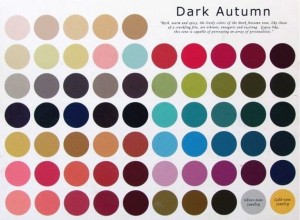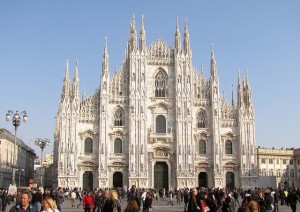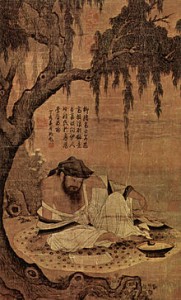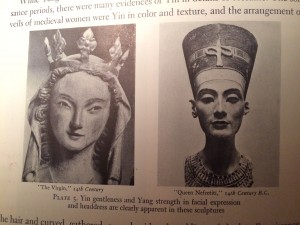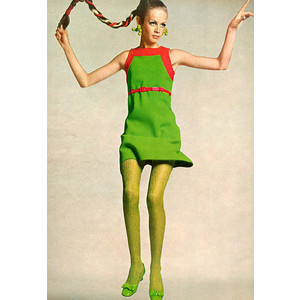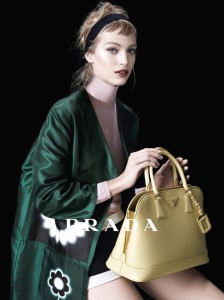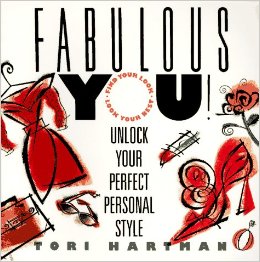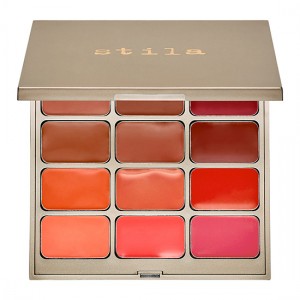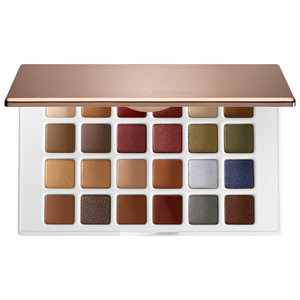Sometimes determining your colors can feel like going around in circles. I’m really no closer to figuring out my colors than I was when I started this blog. After playing some more with the fan, I think Bright Spring results in some graying. Bright lipsticks jump off my lips like translucent candy in photographs. I think that I need some clarity and brightness, but not as much as a Bright Spring, at least.
For fun, I took the Truth Is Beauty Seasonal Analysis Quiz today, and my results were surprising. Using the knowledge I’ve gained over the past couples of weeks, I end up with three possible results, depending on the things I’m not sure of:
1. If I consider black to be overwhelming (I think sometimes it overwhelms me in photographs because the white balance gets thrown off on my phone camera, but in real life I think it’s not the worst, but it makes my eyes gray): True Autumn.
2. If I think black is good, and that pumpkin is also a good color on me (I have just never tried this color): Dark Autumn.
3. If I do not think pumpkin is good, but black is: Dark Winter.
I actually wrote about looking Spring but potentially being Autumn, True Autumn in particular, way back in July. While I feel I’m in the same spot now (see what I mean about circling?), I do think I have some more knowledge at my disposal. I know some important things about myself. These things include being high contrast as far as natural blondes go and looking awesome in bronzer. Christine Scaman talks a lot about how key bronzing is to the autumn face in this blog post. I know for a fact that my most important step, even more so than foundation (okay, well, covering undereye circles too, but that’s part of my highlighting routine anyway) is highlighting and contouring/bronzing. It really defies all logic. I have the kind of skin that’s so pale I can’t even buy foundation at MAC. You know, the kind of person for whom beauty experts say bronzer will look just look like dirt on their skin. But me? Nope, I wear bronzer, and not even the peachy kind, and all I hear is how nice and healthy and glowing my skin looks.
One of the things that has turned me away from Autumns in the past is the brownish lipstick and blush looking like dirt on me. But a couple of months ago, Cate Linden, herself a very pale Dark Autumn, posted about her own DA makeup struggles. It has made me realize that makeup recommendations are definitely not one size fits all. As a non-typical DA (pink overtones, very pale skin), she has had some trouble figuring out the makeup angle. While we would have separate issues–I would say my overtone isn’t particularly pink, but it is very porcelain and clear as hers is–it seems that whatever season I do end up in, unless it’s one where I would basically fit the stereotype, which would be Light Summer, I am going to most likely have to deviate from the standard makeup to fit my own extreme coloring.
While we most often associate Dark Autumn with dark makeup looks with very dark, reddish-brown lip colors, there are other colors on the palette that seem like they would work as lipsticks that are not as dark, and clearer and not as brown. On a Dark Autumn who is as dark as the stereotype, these colors might be too light to work as lip colors. On someone whose starting point is much lighter, however, it may create the right contrast level with the rest of the face.
I am not saying I am Dark Autumn, of course. This is just how I would approach makeup if I did turn out to be one. (Look at how gorgeous the DA colors are! I would LOVE to be one.) Just like you address contrast level in your Kibbe according to your season (e.g., an SSu FG doing high contrast in the context of the low-contrast SSu palette), perhaps we also have to expect makeup to look normal on our face according to the coloring we have on our face already, while staying in harmony with our season’s palette overall.
